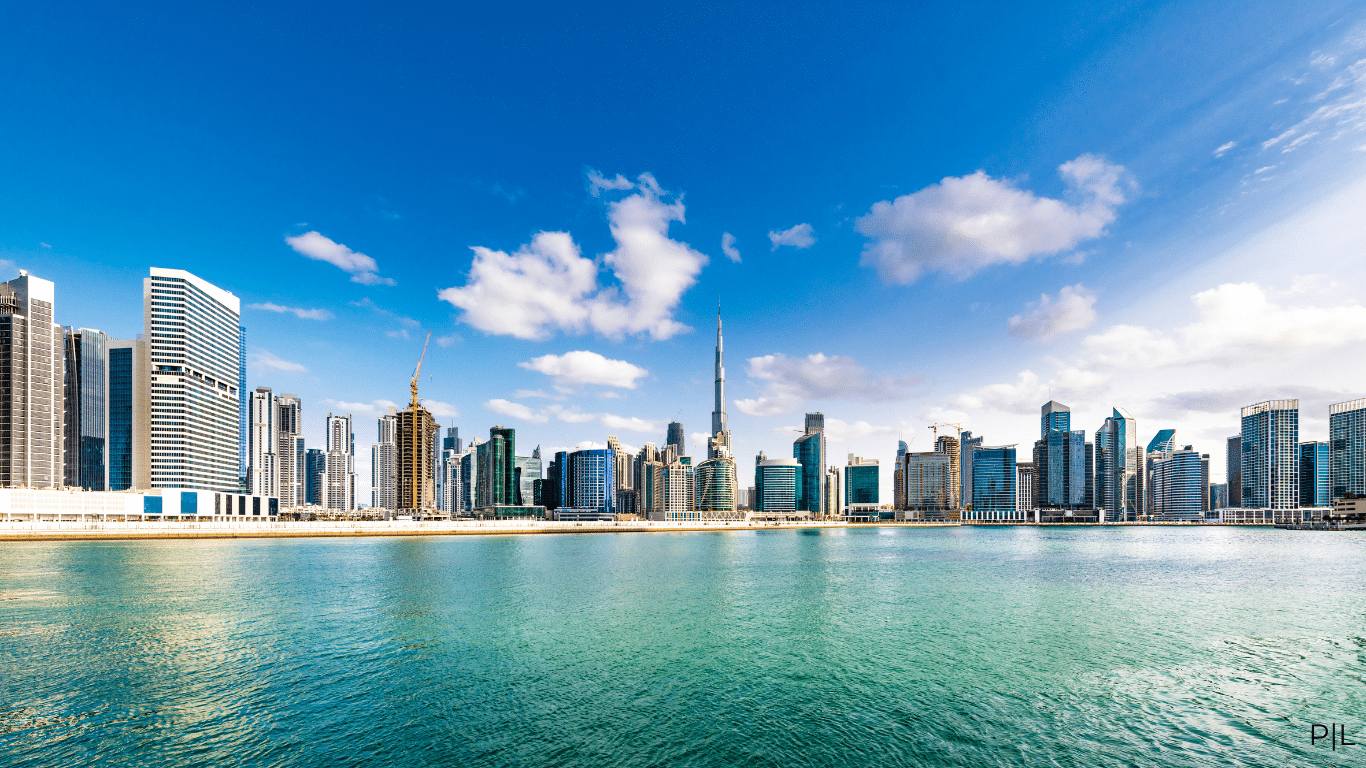
New Financing Options for Off-Plan Developments in Dubai: Easing the Path for Real Estate Investors
In a notable shift within Dubai’s real estate market, banks are increasingly providing financing options for off-plan property purchases. This change aims to ease the financial burden on buyers by offering more flexible payment plans, making it simpler for investors and potential homeowners to acquire their desired properties.
Traditional vs. New Financing Models
Historically, buying off-plan properties required substantial upfront payments to developers. For example, buyers typically had to pay 60% during construction and the remaining 40% at handover. However, new financing schemes now allow buyers to pay an initial 50%, with banks covering an additional 10% during construction and the remaining 40% at handover. This adjustment helps address the challenge of hefty initial payments.
Benefits of the New Payment Plans
The new financing options significantly reduce the financial strain during the construction phase by providing a more balanced payment schedule. According to Sijo Jose, Team Leader at Betterhomes, clients have welcomed this change, especially in light of aggressive payment terms in recent developments.
Impact on the Market
Jeffrey De Souza, Head of Finance Services at Lomond, noted a marked increase in enquiries from both investors and end-users. The new financing options make it easier for people to manage their finances while acquiring new properties, which could be a game-changer for the market.
Example Payment Plan
Under the new scheme, a typical payment structure might look like this:
– **Initial Payment**: 10% of the property value at booking, plus a 4% Dubai Land Department (DLD) fee.
– **Construction Phase Payments**: The next 50% is paid over 15 months in equal quarterly instalments of 10%.
– **Bank Contribution**: After the buyer has paid 50%, the bank finances an additional 10% during construction.
– **Handover Payment**: The bank covers the final 40% at handover.
For a project with a handover in Q2 2028, the payment schedule might be:
– Q4 2024: 10%
– Q1 2025: 10%
– Q2 2025: 10%
– Q3 2025: 10%
– Q4 2025: 10%
– Bank Contribution During Construction: 10%
– Bank Contribution at Handover: 40%
By handover, the bank will have financed 50% of the property, with the buyer covering the other 50%. Buyers will then repay the bank over a period, typically up to 25 years, making the financial commitment more manageable.
Considerations for Developers
These financing options are generally available for projects where at least 50% of construction is complete, mitigating risks for banks related to delays or project failures. While larger developers with substantial financial backing can easily adopt these models, smaller developers might find it challenging due to their reliance on buyer cash flow.
Market Outlook
This financing model is expected to encourage more developers to adopt similar structures, promoting innovation and flexibility in the market. The increasing use of bank financing for off-plan projects represents a positive shift, providing buyers with more extended payment plans and reducing the initial financial burden.
As the market evolves, more developers are likely to explore these financing structures, leading to broader adoption and further innovations in Dubai’s real estate sector.






